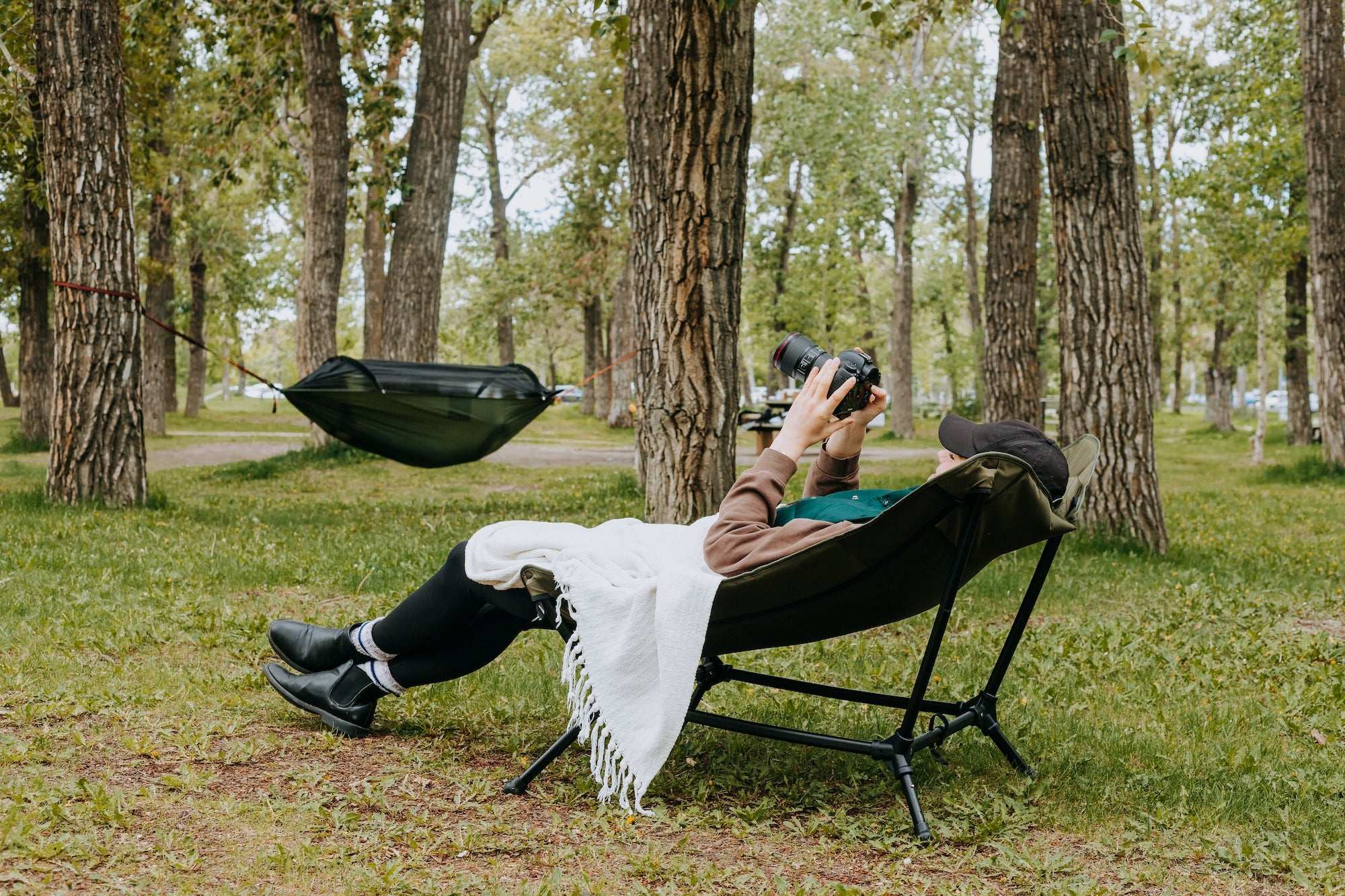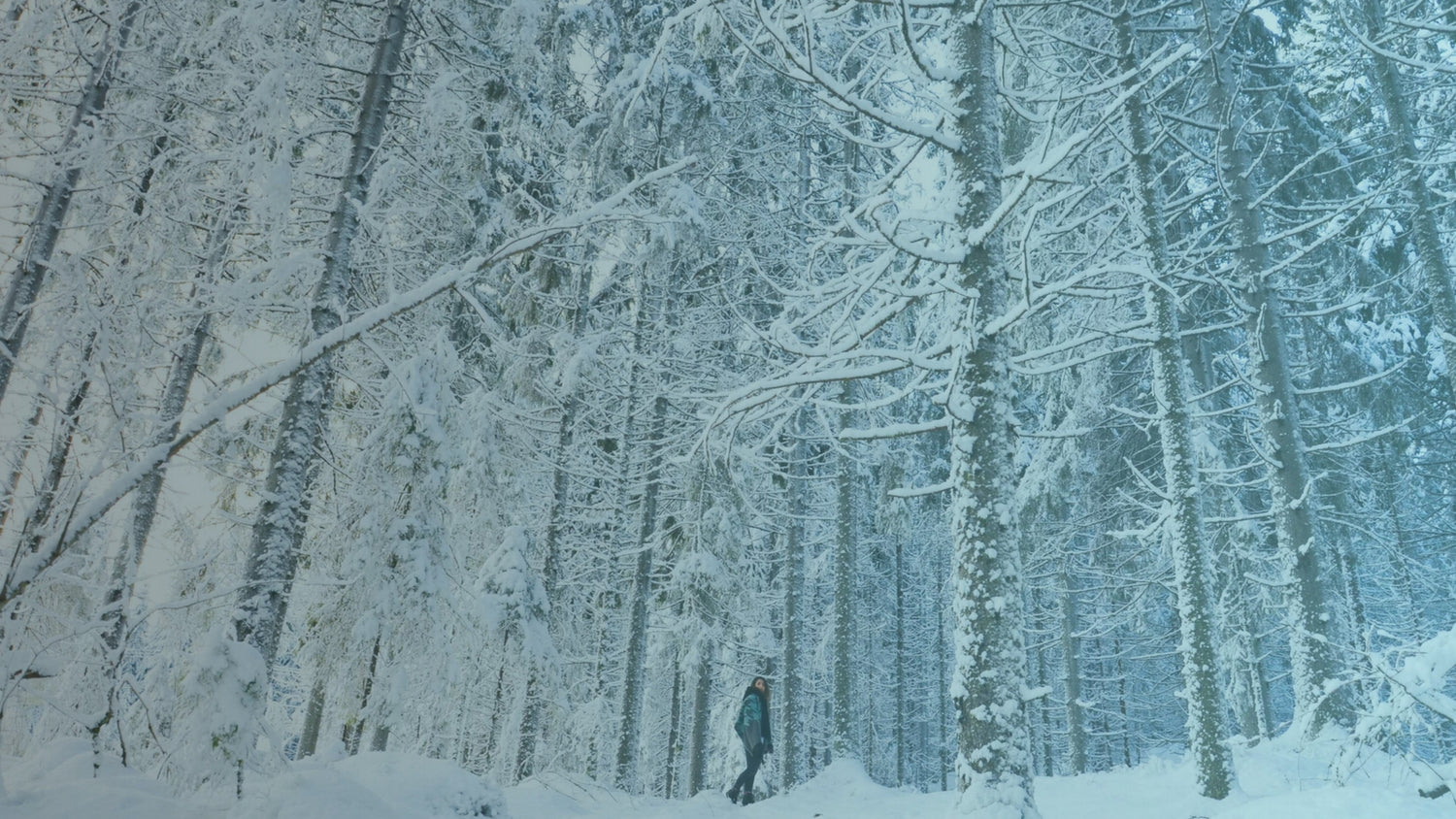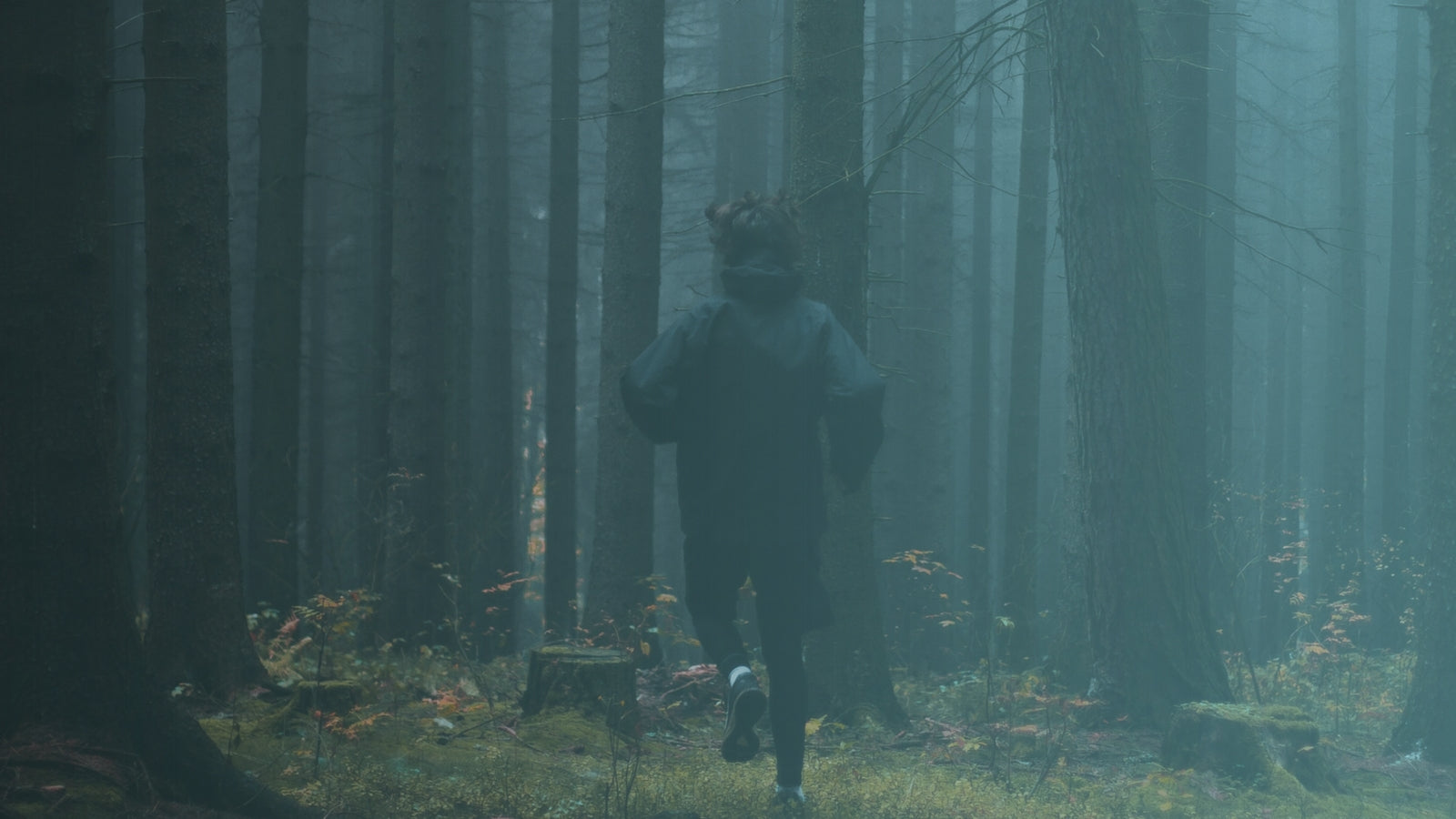If you plan to spend any time outdoors this winter, it’s never too early to start thinking about winter traction – especially if you enjoy outdoor activities like cross-country skiing, hiking and mountaineering. While many people tend to think of “winter traction” as being a one-size-fits-all type of option, there are actually several different options that you have, depending on the type of terrain you are facing.
If you’re going to be in deep powder…
If you enjoy skiing or snowboarding, you probably know the thrill and excitement of carving through fresh powder. However, if you’re trying to walk through that deep powder, you’re going to have problems because without the right winter traction, you’ll sink right into the deep snow, maybe all the way up to your knees. And then moving through that powder is going to require a significant amount of energy.
The solution here is a snowshoe that essentially lets you “float” or “glide” above the surface of the loose, powdery snow. The extra bonus here is that some models of snowshoes have a crampon system built-in and integrated as part of the snowshoe. This helps you navigate slick, icy terrain that might have just received a fresh day’s worth of powder.
Buying recommendation: Tubbs Flex VRT

If you’re going to be traveling along icy, rocky terrain or along a mountainside…
Anytime you encounter a mix of ice and rock, you’re going to need the deepest penetration possible. This calls for crampons, which are sometimes referred to as ice spikes. The name says it all – they are metal spikes designed to dig into a hard, packed surface and give you plenty of winter traction.
Moreover, any time you are climbing up an angled surface (such as a hill or mountain), you will want to use crampons. As soon as you see these crampons, you’ll instantly recognize how useful they can be – they are essentially thick metal spikes that can give you much surer footing and maximize your safety.
There’s just one issue here, of course, and that’s that they can require a lot of time and energy to use. You’re going to be slowed down as you travel, and you’re going to expend a lot of energy. If you think about this, it makes sense, right? Unlike the snowshoe solution, you are literally digging into a hard, packed surface with every single step.
Buying recommendation: Irvis Crampon Flexlock 000 by Petz
If you’re going to be hiking through hard, packed snow or ice…
As a rule of thumb, you’ll want to use trailspikes (sometimes called snow cleats or shoe spikes) any time you’re traveling along hard, packed snow or icy trails. The trailspike traction system helps you establish your footing, and are much more effective than traditional winter boots.
If you’re having a hard time imagining what a trailspike traction system looks like, the best analogy involves your car’s tires. Once it starts snowing outside, you probably put on thick winter treads that are able to grip the snow. The tires have a bit of give to them, which slows you down a bit, but it results in a smooth ride over snowy roads. When things get really icy and treacherous outside, though, it’s time to start thinking about the winter tire chains. Well, the trailspikes are analogous to those winter tire chains, right down to the way they can be fitted over a traditional boot tread.
Buying recommendation: Yatta Life Trailspikes

As you can see, you have a variety of options when it comes to getting the best possible winter traction. Your first option is probably to reach for the trailspikes, but for particularly icy and rocky conditions, you’ll want a set of professional mountaineering crampons. And if you find yourself in a lot of open powder, you’ll want to think in terms of snowshoes that will help you to glide effortlessly over the surface.
Cover Photo by: Andrew Robles






Leave a comment
All comments are moderated before being published.
This site is protected by hCaptcha and the hCaptcha Privacy Policy and Terms of Service apply.